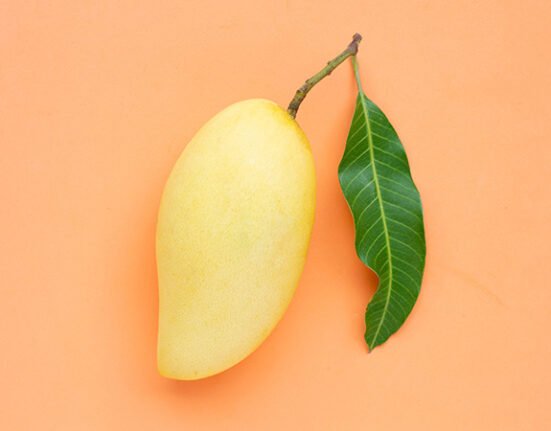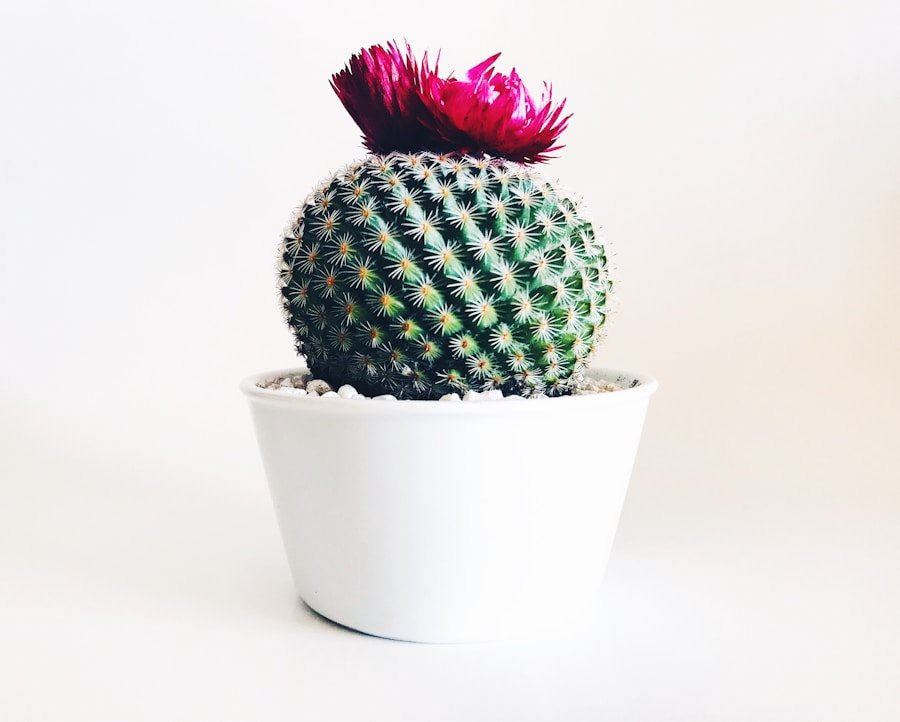Cacti are a remarkable group of plants that have developed extraordinary strategies to flourish in some of the most inhospitable environments on the planet. Their specialized features enable them to survive in arid and semi-arid regions, where water is scarce and temperatures can be extreme. One of the most notable adaptations of cacti is their capacity to store water in their fleshy stems and leaves, allowing them to endure prolonged periods of drought.
This adaptation is responsible for their characteristic plump and succulent appearance, making them not only aesthetically pleasing but also remarkably low-maintenance. Another crucial adaptation of cacti is their ability to undergo photosynthesis at night, a process known as Crassulacean Acid Metabolism (CAM) photosynthesis. This enables cacti to conserve water by opening their stomata at night, when temperatures are cooler and humidity is higher, thereby reducing water loss through transpiration.
These unique adaptations make cacti exceptionally well-suited for life in dry environments, exemplifying how plants can evolve to thrive in challenging conditions.
Key Takeaways
The Role of Photosynthesis in Cacti’s Low-Maintenance Nature
The Unique Case of Cacti
However, cacti have adapted to perform photosynthesis at night to minimize water loss. This unique form of photosynthesis, known as CAM photosynthesis, allows cacti to conserve water by opening their stomata at night when temperatures are cooler and humidity is higher, reducing water loss through transpiration.
Water-Use Efficiency and Drought Tolerance
CAM photosynthesis is a key factor in cacti’s low-maintenance nature, as it allows them to thrive in dry environments with minimal water requirements. By performing photosynthesis at night, cacti are able to maximize their water-use efficiency and survive long periods of drought.
The Benefits of Cacti as Houseplants
This adaptation is what makes cacti such popular houseplants, as they require very little water and can tolerate neglect better than most other types of plants. Understanding the role of photosynthesis in cacti’s low-maintenance nature is essential for successfully caring for these unique and fascinating plants.
How Cacti Store Water and Survive in Harsh Environments
Cacti have evolved a number of specialized adaptations to survive in harsh, arid environments where water is scarce. One of the most important adaptations is their ability to store water in their fleshy stems and leaves, which allows them to survive long periods of drought. This water storage capacity gives cacti their characteristic plump and succulent appearance, and it allows them to thrive in environments where other plants would struggle to survive.
In addition to storing water, cacti have also developed a number of other strategies for surviving in harsh environments. For example, many cacti have shallow root systems that spread out widely to capture as much water as possible from the soil. Some cacti also have specialized root structures, such as taproots or tuberous roots, that allow them to access water deep underground.
These adaptations allow cacti to survive in some of the driest regions on Earth, making them incredibly low-maintenance plants that are well-suited for a variety of environments.
The Importance of Cacti’s Spines and How They Contribute to Low-Maintenance Care
One of the most iconic features of cacti is their spines, which serve a number of important functions that contribute to their low-maintenance care. Spines help protect cacti from herbivores by making them less palatable and more difficult to eat, reducing the risk of damage from grazing animals. In addition to deterring herbivores, spines also provide shade for the plant’s surface, reducing water loss through transpiration and helping to regulate the plant’s temperature.
Spines also play a role in capturing moisture from the air, which can be an important source of water in arid environments. Some cacti have specialized spines that are designed to collect dew or fog, channeling the moisture down to the plant’s roots where it can be absorbed. This adaptation allows cacti to supplement their water supply during periods of drought, making them even more resilient in harsh environments.
Understanding the importance of cacti’s spines is essential for successfully caring for these unique plants and harnessing the science behind their low-maintenance nature.
Understanding Cacti’s Slow Growth and Minimal Nutritional Needs
Cacti are known for their slow growth and minimal nutritional needs, which are both adaptations to their native environments that contribute to their low-maintenance care. In arid and semi-arid regions where water and nutrients are scarce, cacti have evolved to grow slowly and efficiently use the resources available to them. This slow growth allows cacti to conserve energy and resources, making them well-suited for life in challenging environments.
In addition to their slow growth, cacti have minimal nutritional needs compared to many other types of plants. This is because they have evolved to thrive in nutrient-poor soils where other plants would struggle to survive. Cacti have developed specialized root systems that allow them to access nutrients efficiently, and they have adapted to thrive with minimal inputs of fertilizer or other nutrients.
Understanding cacti’s slow growth and minimal nutritional needs is essential for successfully caring for these unique plants and harnessing the science behind their low-maintenance nature.
Exploring the Relationship Between Cacti and Their Native Environments
Adaptability and Resilience
Their ability to thrive in such diverse habitats is a testament to their adaptability and resilience, and it is a key factor in their low-maintenance care. By understanding the relationship between cacti and their native environments, we can gain valuable insights into how to successfully care for these unique plants in a variety of settings.
Surviving in Harsh Conditions
In their native habitats, cacti have evolved to survive in some of the harshest conditions on Earth, including extreme temperatures, intense sunlight, and minimal water availability. By studying these environments, we can learn about the specific adaptations that allow cacti to thrive in each location, and we can apply this knowledge to create optimal growing conditions for cacti in cultivation.
Unlocking the Secrets of Low-Maintenance Care
Understanding the relationship between cacti and their native environments is essential for successfully caring for these unique plants and harnessing the science behind their low-maintenance nature. By studying the natural habitats of cacti, we can unlock the secrets of their remarkable adaptability and develop effective strategies for caring for them in a variety of settings.
Tips for Caring for Cuddly Cacti: Harnessing the Science for Successful Maintenance
Caring for cuddly cacti can be a rewarding experience, but it requires an understanding of their unique adaptations and needs. By harnessing the science behind why cuddly cacti are so low-maintenance, we can provide them with the optimal growing conditions they need to thrive. Here are some tips for successfully caring for cuddly cacti: 1.
Provide well-draining soil: Cacti require soil that drains quickly to prevent waterlogged roots, which can lead to rot and other problems. Use a specialized cactus mix or create your own by adding sand or perlite to regular potting soil. 2.
Water sparingly: Cacti are adapted to survive long periods of drought, so they require minimal watering compared to many other types of plants. Allow the soil to dry out completely between waterings, and be sure to use a pot with drainage holes to prevent water from accumulating at the bottom. 3.
Provide plenty of sunlight: Cacti require bright light to thrive, so be sure to place them in a sunny location where they will receive at least six hours of direct sunlight per day. 4. Avoid over-fertilizing: Cacti have minimal nutritional needs compared to many other types of plants, so they require very little fertilizer.
Use a specialized cactus fertilizer or dilute regular fertilizer to half strength. By following these tips and harnessing the science behind why cuddly cacti are so low-maintenance, you can provide your plants with the optimal growing conditions they need to thrive. With proper care, cuddly cacti can be long-lived and beautiful additions to your home or garden.






